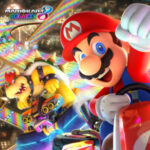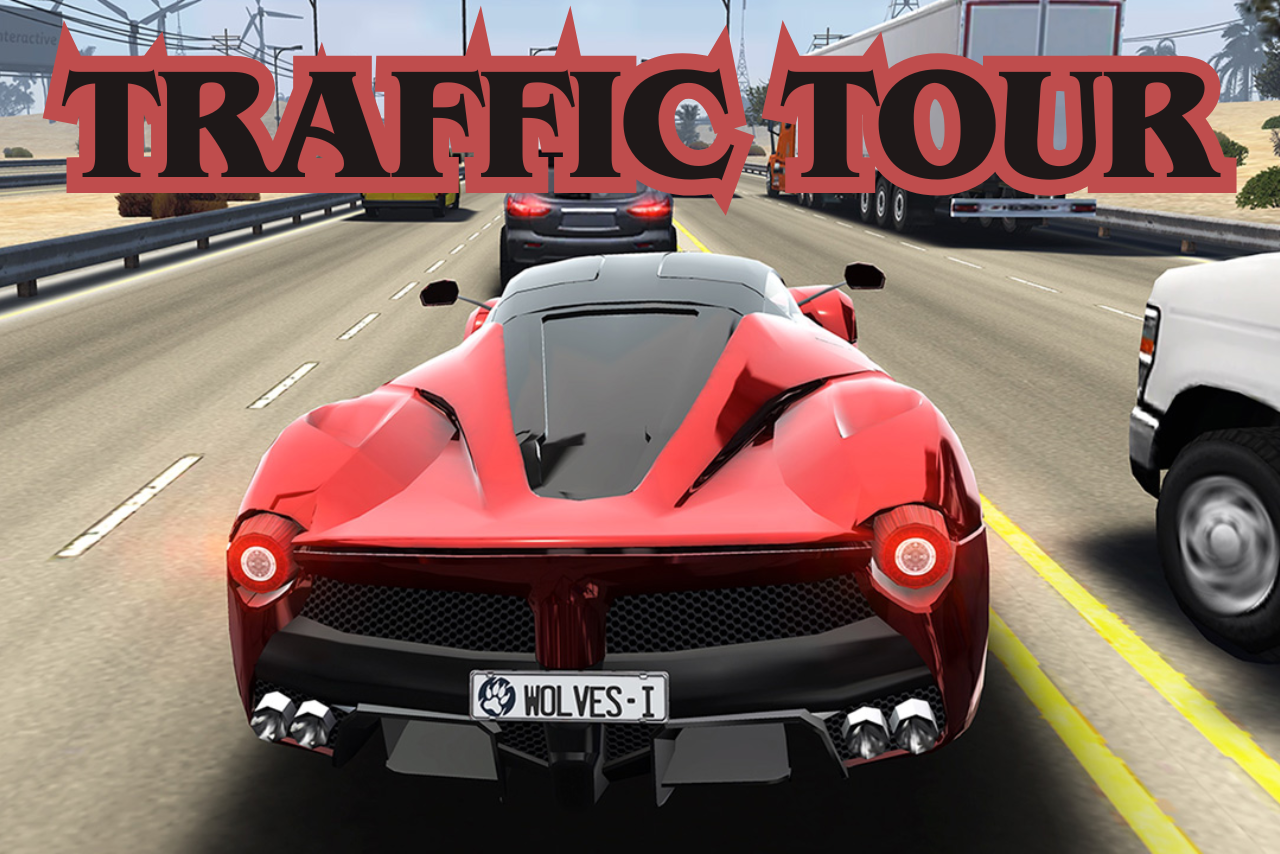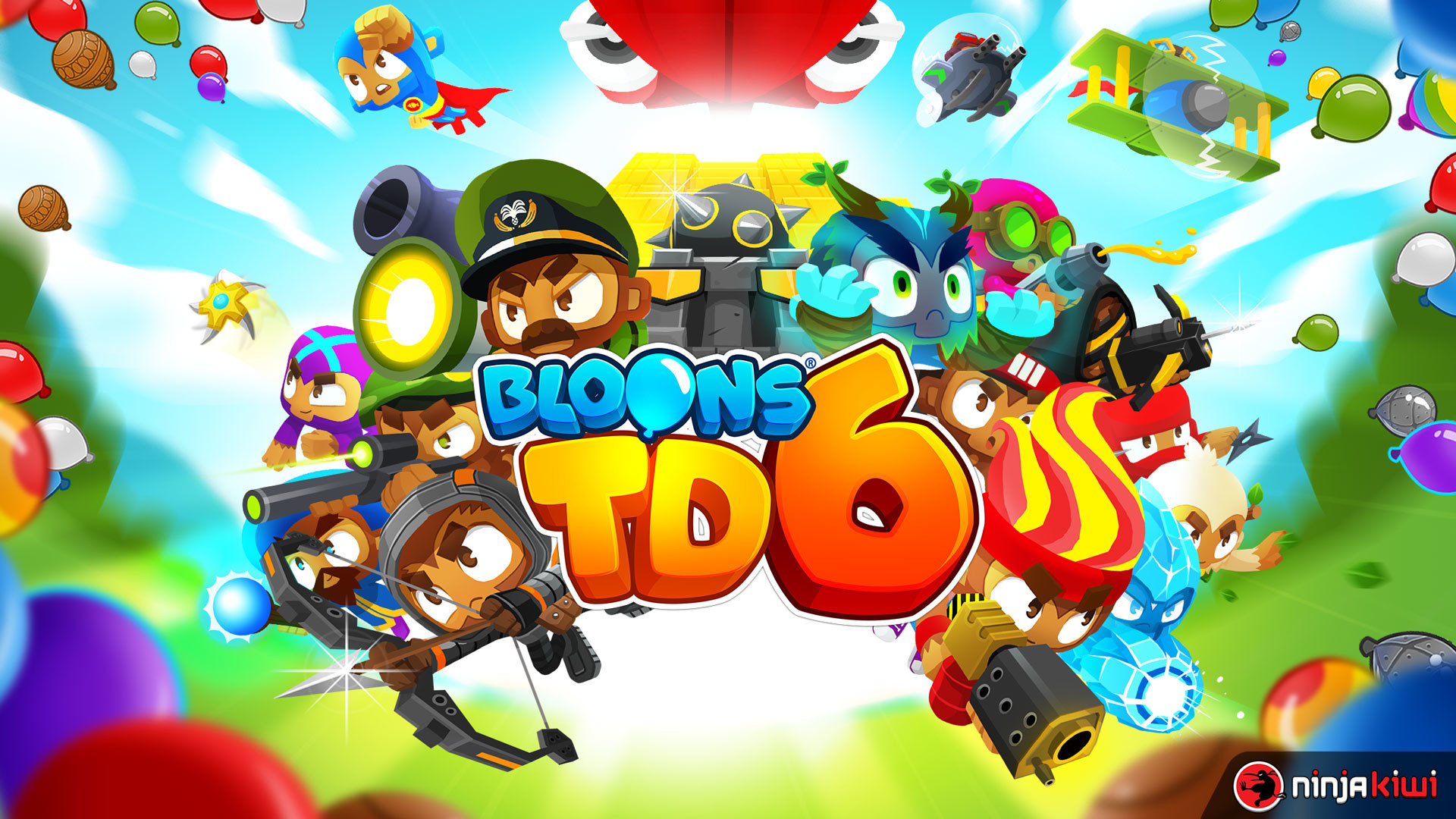Popular Now
Introduction
Traffic Tour is a mobile racing game known for its fast-paced gameplay and visually appealing environments. But underneath the fun exterior lies a sophisticated monetization system that subtly (and sometimes not-so-subtly) nudges players toward spending real money. This article takes a deep dive into one specific issue in the game: its monetization tactics. We’ll explore how different systems in Traffic Tour are crafted to exploit player psychology, pressure behavior, and gradually convert casual users into paying customers.
1. Early Onboarding: The Temptation of Premium Currency
From the moment players begin playing Traffic Tour, they’re introduced to the concept of premium currency—cash or tokens used for special purchases. Even in the first few races, players are presented with tempting offers: bonus packs, multipliers, or time-limited sales designed to appear generous.
These early offers typically follow a pattern: race once or twice, receive “free” rewards, then get nudged toward discounted purchases. This is more than simple generosity—it’s a behavioral tactic designed to normalize spending.
Psychological Hooks in Welcome Bonuses
A common tactic used is showing steep discounts on a "starter pack" of vehicles or currency. These deals use scarcity and urgency, even though they're often permanent for new players. Phrases like “Only 10 minutes left!” pressure players into quick decisions, catching them off guard.
Metrics Behind the Push
The game uses backend data to time these offers perfectly—usually after the player completes 2–3 races or reaches a 10-minute play threshold. This ensures the user is engaged enough to respond favorably to microtransactions.
2. Energy Systems and Race Cooldowns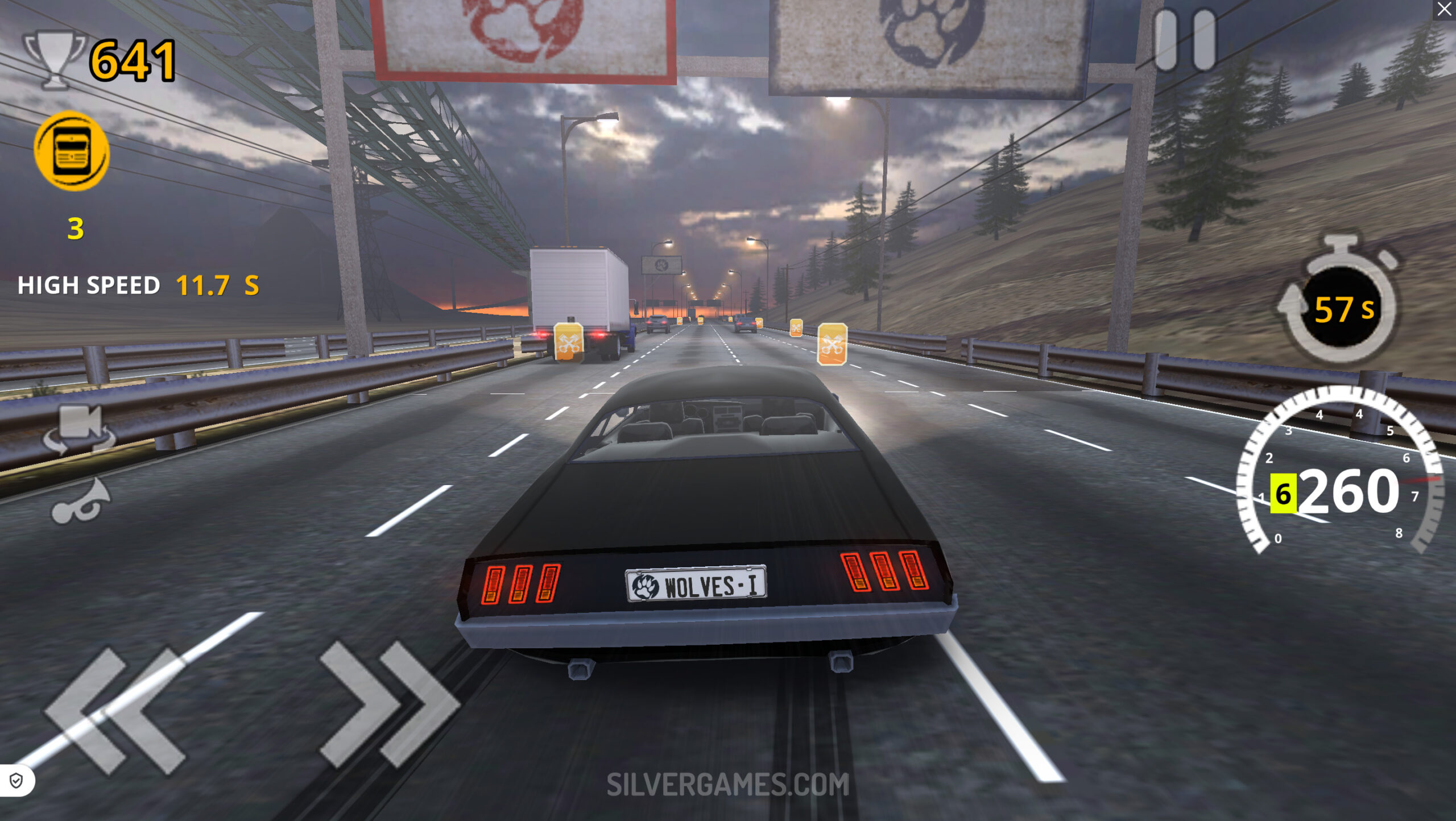
The energy system in Traffic Tour limits how much you can race in one sitting. Every race consumes energy, which refills slowly over time. You can wait—or pay.
This method isn’t new in mobile games, but Traffic Tour amplifies its impact by combining it with limited-time events and daily challenges, subtly pressuring players to spend currency for energy refills or miss out on rewards.
The Price of Patience
One energy point regenerates every five minutes. To refill the bar fully might take over an hour. Alternatively, players can purchase an instant refill for under a dollar. Over time, casual players find themselves locked out unless they pay or pause gameplay.
Overcoming Late-Stage Burnout
As players progress, races become longer and require more resources. At this point, free players are slowed significantly, and many give up, frustrated. This is by design—pacing is tuned to turn active players into paying ones at just the right moment.
3. Car Upgrade Pacing: The FOMO Mechanic
Cars in Traffic Tour can be upgraded across various performance metrics, but the costs increase dramatically with each tier. Upgrades start affordable, but the curve steepens quickly.
This design creates FOMO (Fear of Missing Out). Players who don’t upgrade are disadvantaged in events or races with higher-tier cars.
Scaling Costs vs Player Income
Mid-tier upgrades cost hundreds of thousands of tokens. A player may earn only a fraction of that per hour of gameplay. Without premium packs or bundles, it can take days to afford a single upgrade.
Event Rewards vs Real Currency
Even during in-game events, the rewards rarely match the cost of progression. Often, event prizes give out low-tier resources or random items, ensuring you still need to spend to hit your target upgrade level.
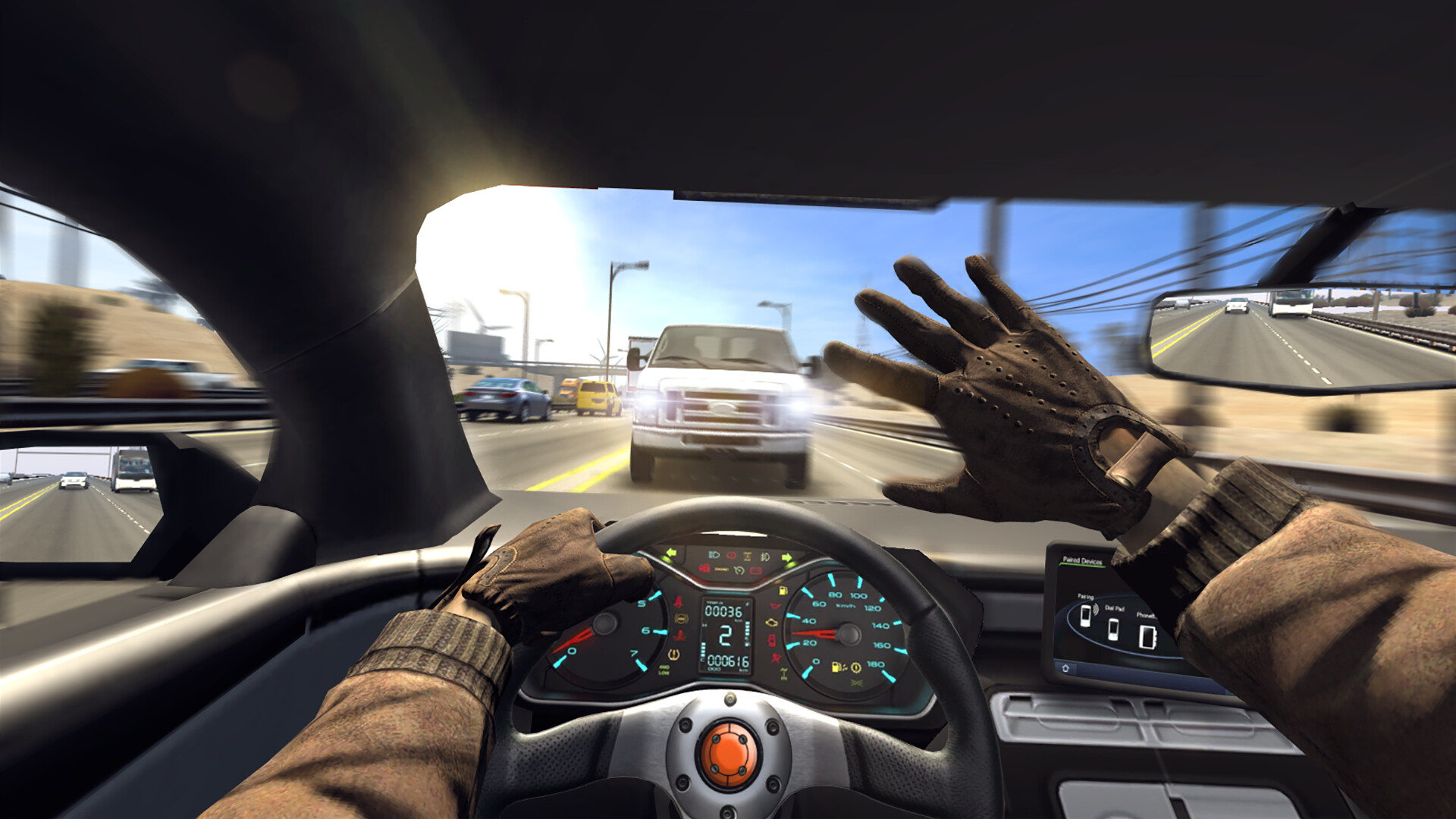 4. Gacha Spins: The Illusion of Free Luck
4. Gacha Spins: The Illusion of Free Luck
Traffic Tour includes a gacha-based "Lucky Spin" system. On the surface, this seems like a generous way to earn bonuses. In reality, it’s a carefully controlled economy.
Most spin rewards are low-value. The truly rare items—unique car parts or rare currency—are locked behind abysmal odds and not openly disclosed.
Transparency and Payout Odds
Unlike regulated gambling systems, Traffic Tour hides actual drop rates for valuable items. Players often don't realize how unlikely it is to win something meaningful.
The Sunk Cost Fallacy in Spinning
Once players have spent money or tokens on a few spins, they feel invested. Developers exploit this feeling—"just one more spin" becomes a psychological trap.
5. VIP and Progressive Membership Plans
Traffic Tour includes VIP status tiers linked to cumulative spending. The more you spend, the more perks you unlock: token bonuses, XP multipliers, exclusive cars.
This membership ladder system creates a sense of obligation to maintain status once a player has invested money.
The Ladder Effect
Each spending tier unlocks more benefits. For example, at $10 spent you might get +2% XP. At $50, you get +10%. Over time, this becomes a compelling reason to keep spending.
Exclusive vs Cosmetic Rewards
Some VIP perks are cosmetic (e.g., skins), while others offer real advantages (e.g., faster XP). Even the purely aesthetic perks build identity and loyalty—players don’t want to lose what they’ve paid for.
6. Flash Sales and Dynamic Pricing
Flash sales are common in Traffic Tour, often offering 50–70% off car packs or resources. These offers are time-limited and often appear just when a player needs an item the most.
The twist: many of these sales are based on inflated original prices that were never meant to be purchased without a discount.
Price Anchoring Psychological Effect
Seeing an item marked down from $20 to $5 gives a sense of urgency and value—even if the item was never truly sold at $20. It’s a classic price anchoring trick.
Regional Price Hikes
Some players in higher-income countries receive more inflated pricing. This creates inequality in value received across global users—another layer of monetization tuning.
7. Integrating Ads: The "Optional" Disruption
Ads are presented as optional: watch to double your cash, refill energy, or get daily bonuses. But once energy runs out, ad prompts appear more frequently.
This system feels like a choice—but it's a forced one if you want to keep playing without paying.
Rewarded Video ROI
Ads generate strong returns for the developer. Players are more likely to watch ads if they believe it gives them control or advantage, even if the reward is minor.
The Premium Ad-Free Purchase Flip
Annoyed by the constant ads? You can pay to remove them—exactly what the game wants. This “pain point to purchase” model is common but still controversial.
8. Social Levers: Gifting and Leaderboards
Traffic Tour encourages players to add friends, gift energy, and join leaderboards. On paper, this looks like a fun community feature. In reality, it’s another monetization hook.
Competing with friends or climbing global rankings often requires spending on upgrades or refills—casual players fall behind.
Gifting Schemes
You can gift tokens, energy, or items to friends daily. But to send meaningful gifts, you often need to purchase them. This adds a social pressure dynamic.
Leaderboard-Induced Spending
Leaderboards show your position and spending statistics. When friends or rivals surge ahead, players are more likely to spend just to keep pace.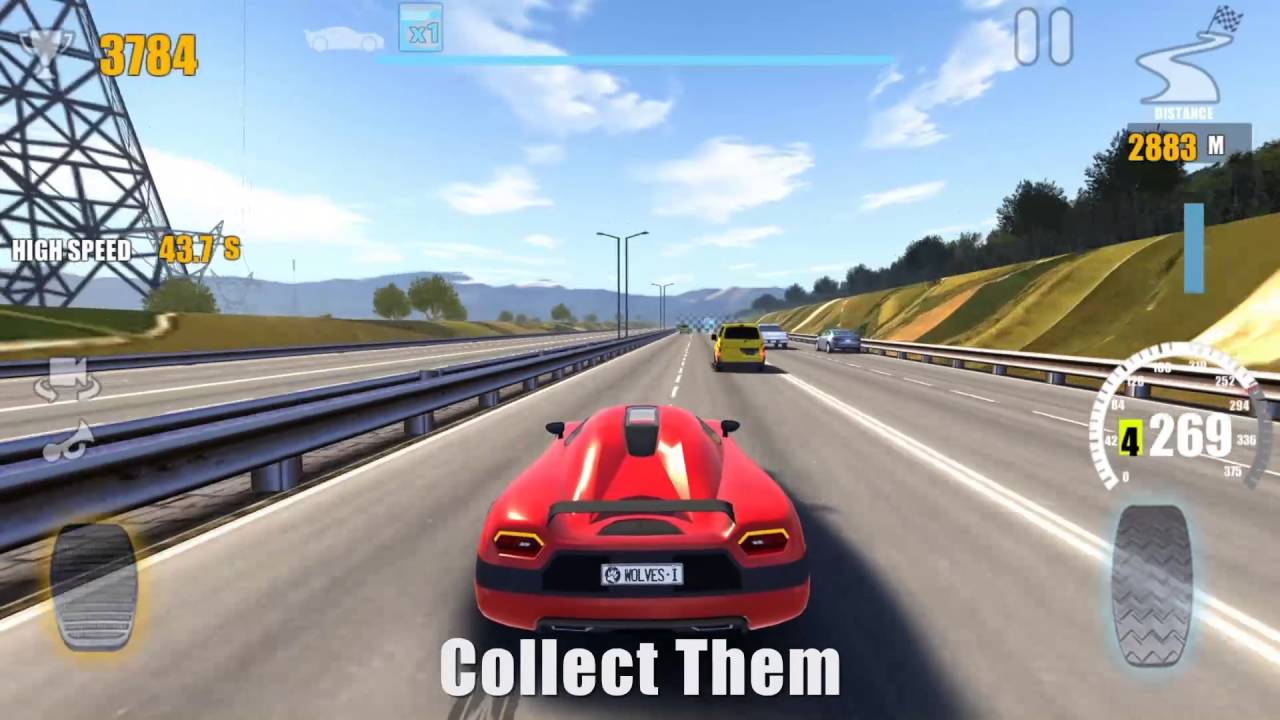
9. Seasonal Content: Pressure and Paywalls
Seasonal content updates are one of the most effective monetization tools in Traffic Tour. New cars, maps, and challenges come with limited-time availability.
The best rewards are often locked behind premium passes or high spend thresholds.
Limited-Time Tracks
You may only get access to certain new race modes if you’ve unlocked them via purchases or progress passes. Otherwise, they disappear at the end of the season.
Pass-Only Exclusive Cars
Some of the most visually or functionally appealing cars are locked behind a paywall. Free players may see them but can’t touch them—creating envy and desire.
10. The Deeper Issue: Balance Between Fun and Profit
Traffic Tour’s monetization strategy is undeniably clever. It converts curiosity into commitment and enjoyment into expenditure. But there’s a cost—players feel squeezed.
Instead of creating an optional, rewarding spending path, Traffic Tour often creates artificial roadblocks. The core gameplay gets hindered if you don’t pay—making fun feel conditional.
Retention vs Exploitation
The game retains paying users longer, but pushes free players away with increasing friction. It’s effective—but is it ethical? Many players argue it feels like pay-to-win disguised as free-to-play.
Sustainable Monetization Paths
Fairer alternatives exist. Better transparency, reasonable energy systems, and optional enhancements (rather than forced paywalls) could retain both free and paying users longer.
Conclusion
Traffic Tour stands as a prime example of modern mobile game monetization. It mixes energy mechanics, gacha systems, progressive paywalls, and social pressure into a well-oiled revenue machine. But as fun becomes frustration and freedom becomes gated, players are left questioning whether they’re racing for entertainment—or just fueling a profit engine. The challenge now is not how Traffic Tour earns—it’s how long it can sustain this strategy without alienating its core audience.









